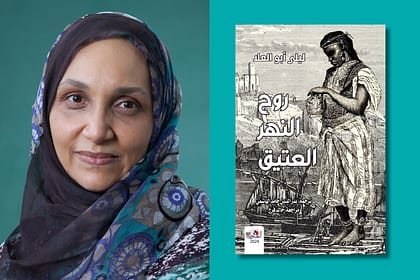July 12 – August 16 2025
Windsor Gallery
4c, Goriola Street, Victoria Island, Lagos, Nigeria.
For the past five weeks, Windsor Gallery has showcased 29 amazing artworks in its group exhibition Tunde’s Inferno featuring Alfa Abdulkadir, Abdulrazaq Ahmed, and Stanley Ugonabo. The exhibition offered a contemporary meditation on Nigeria’s current state of suspended struggles, its dilemma between chaos and possibility, burden and hope.
With inspiration from Dante Alighieri’s Inferno, Tunde’s Inferno reimagined the classic descent into hell through the eyes of Tunde, an archetypal Nigerian figure navigating the complexities and contradictions of everyday life. Spanning painting, sculpture, mixed media, and installation, their works offered sharp critique, biting humour, and profound introspection.
Speaking on the theme, Curator Richard Valedago notes that the exhibition is both a lament and a confrontation. “ Tunde’s Inferno does not merely document dysfunction, it invites reflection. It asks How did we arrive here? What are the costs of normalising dysfunction, And more urgently, is redemption still possible?” he says.
Viewers of Tunde’s Inferno enjoyed a deep engagement with the artworks, finding connections to Nigeria’s challenges. From scarcity and institutional fragility to the ever-rising cost of living and the quiet uncertainties of everyday life.
Featured Artists
Alfa Abdulkadir’s contributions to Tunde’s Inferno continues his exploration of the human condition, how people navigate identity, emotion and social structures in an ever-changing world and how this continuously shapes and transforms us.
With a background in design, Alfa Abdulkadir, uses his artistic practice to explore the complexities of modern life, paying close attention to the subtle, often-overlooked details that shaped human experience. Through visual storytelling, he translates these nuances into tangible works, inviting viewers to engage, question and find connections with it.
Currently the Lead Designer at Retro Africa Gallery, Abdulkadir extends his ideas through the integration of different materials and in this current series, he uses wood as a key contrasting material, drawing his inspiration from furniture and architecture. This integration has led to the development of a new typology hangable “art frames” that goes beyond enclosing a piece to being part of the artwork itself, making it a multidimensional experience.
Abdulrazaq Ahmed’s collections are a poignant commentary on social catastrophe and the often overlooked narratives of everyday life. These artworks reflect his inner thoughts and mirror the society.
A self-taught multidisciplinary artist, Ahmed explores the complexities of human experience through a diverse range of mixed media, incorporating various materials to symbolise different aspects of culture and identity. His style often evokes a blend of intrigue and contemplation.
Through his unique technique and medium, Ahmed not only captures the struggles of the common man but also highlights the diverse realities, richness, and inherent gift of life. A graduate of Urban and Regional Planning, Ahmed has uniquely harnessed his academic background to inform his artistic practice, bridging the gap between the urban environment and the expressive realm of art.
For almost two decades, Ahmed had been actively involved in local and international exhibitions. In 2007, he won the silver prize at the Experience Nigeria Awards, an event established to honour the legacy of the legendary musician, Fela Kuti.
READ ALSO: Black Figuration is Alive and well,Now Showing at Oda Art Gallery
Stanley Ugonabo’s Collections celebrates human anatomy as a tool for communication. His stylised, colourful figures often appear in reflective states, encouraging meditation and self-awareness. Primarily engaging with a male audience, Ugonabo explores stoicism, self-preservation, and the pursuit of a meaningful life.
His paintings explore the introspective navigation of a troubled but curious youth seeking answers to existential queries. His works can be found in homes and private collections across Africa, the United Kingdom, and the United States of America.
Each artist in this exhibition responds to a different layer of the national condition. From corruption and spiritual disillusionment, to social inequality, performative leadership and the quiet silence of daily survival.







